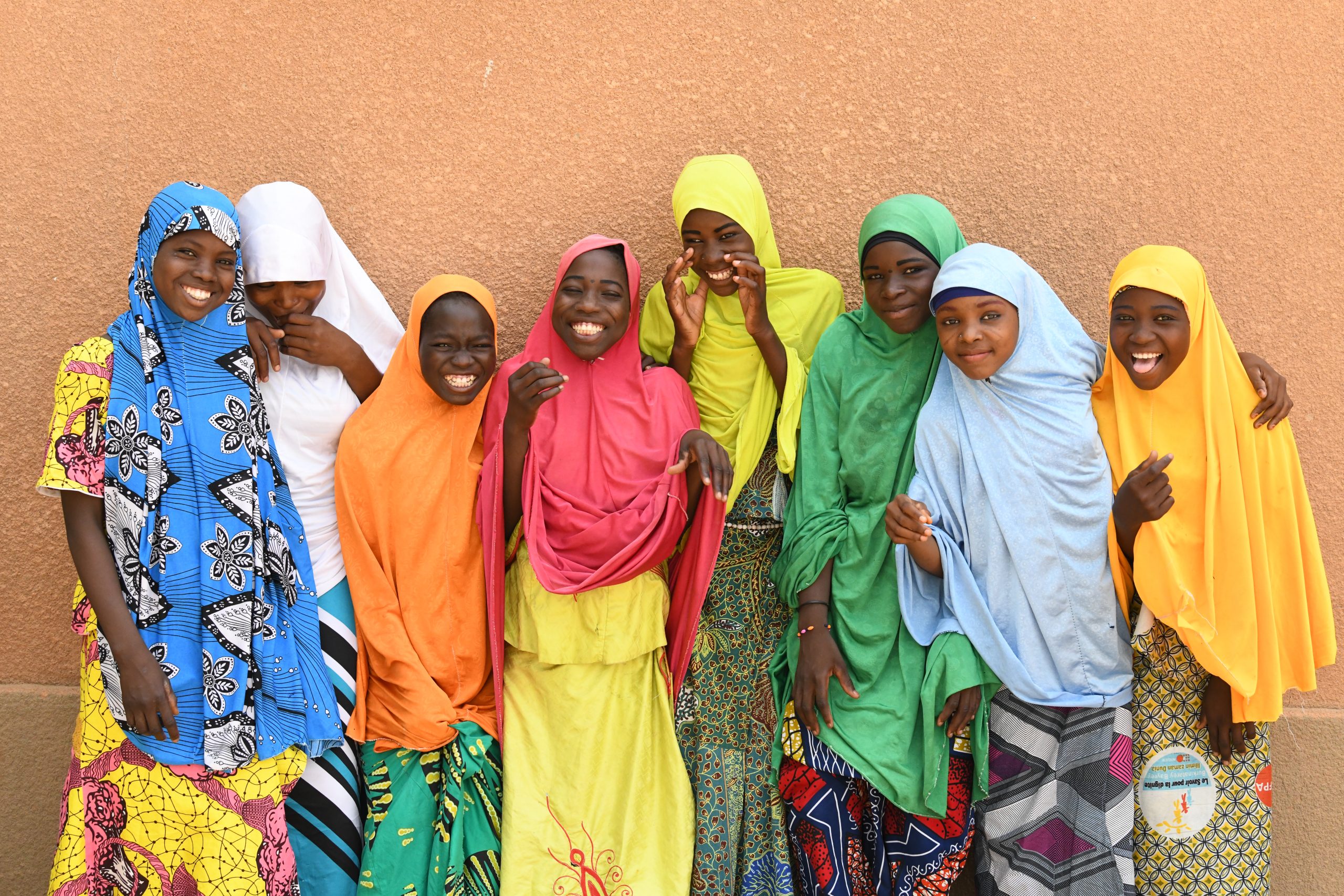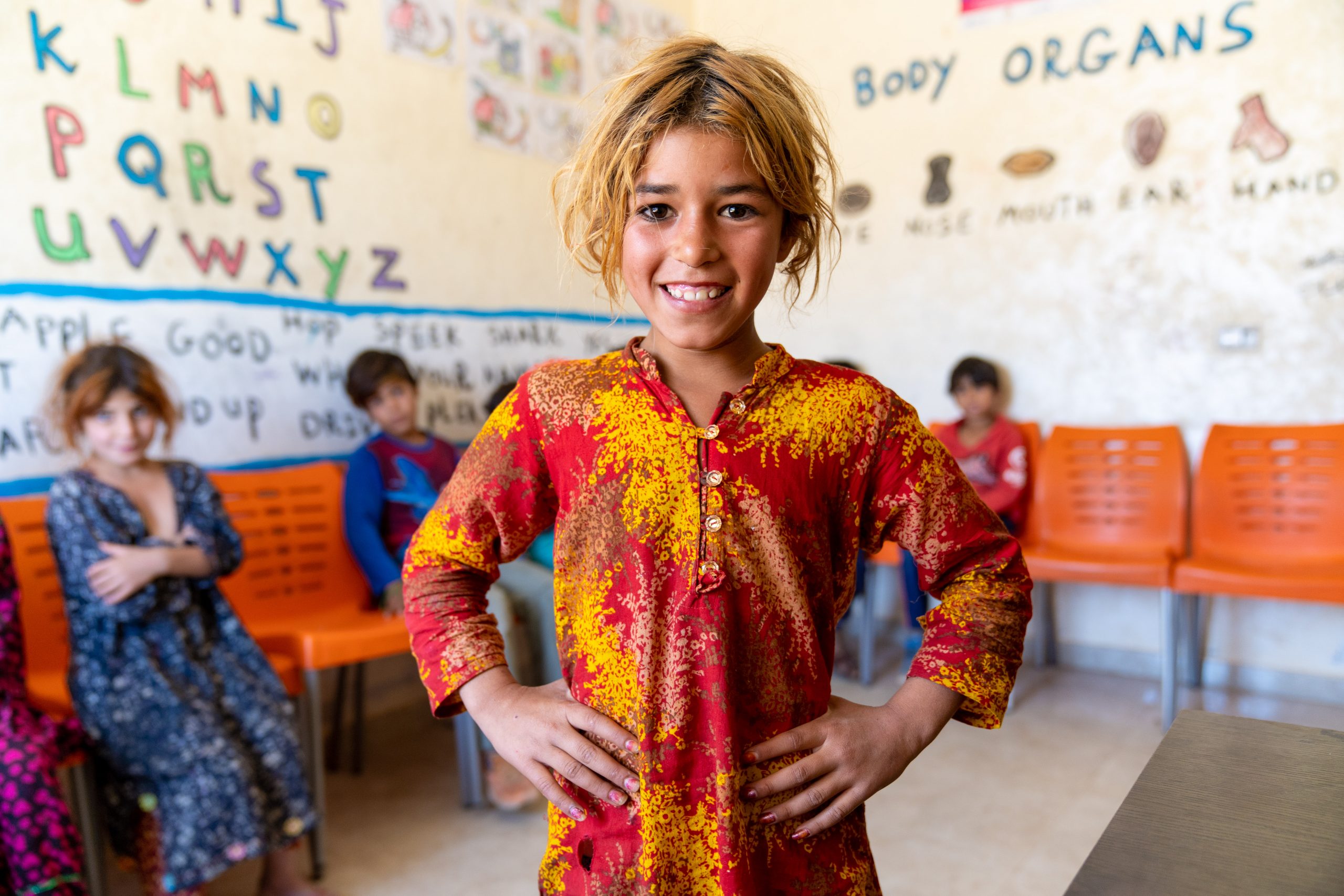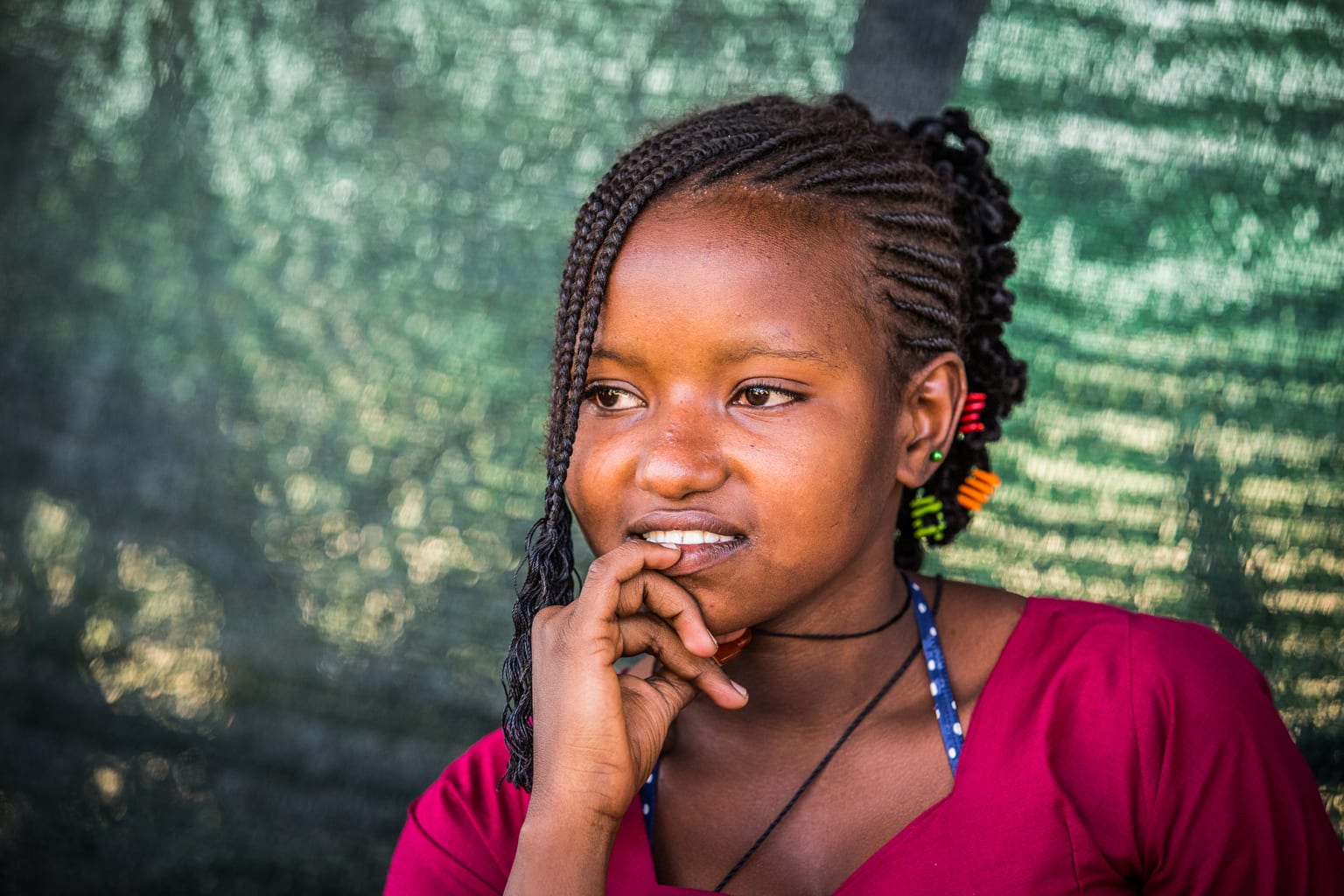
Nearly 64 million girls were born in 1995, the year the Beijing Platform and Declaration for Action was adopted, beginning their lives as the global community committed to improving their rights. In 2020, nearly 68 million girls are expected to be born. The UNICEF, Plan International and UN Women report, A New Era for Girls: Taking stock of 25 years of progress, finds that while girls’ lives are better today than they were 25 years ago, the gains are uneven across regions and countries. This is particularly true for adolescent girls.
Girls born today are expected to live eight years longer, yet we are still far from the vision of gender equality set out in 1995. This report demonstrates the need to focus on the realities girls face today and addresses the critical issues of making sure girls have access to 12 years of education and the skills they need for the workforce; ending gender-based violence, child marriage and female genital mutilation (FGM); and improving girls’ health and nutrition.
There are fewer out-of-school girls today than in 1998, but progress has stagnated for both girls and boys since 2007
Gender disparities in the number of out-of-school children have narrowed substantially over the past two decades. Nearly two in three girls are enrolled in secondary school compared to one in two in 1998. At the secondary level, they have shifted to the disadvantage of boys. Globally, in 1998, there were more girls of secondary school age out of school than boys (143 million girls compared to 127 million boys). Today, the opposite is true: There are 97 million girls of secondary school age out of school compared to 102 million boys. Still, despite the remarkable gains made for girls in the past two decades, they are still more disadvantaged at the primary level, with 5.5 million more girls than boys of this age out of school worldwide. Added to this, global progress in reducing the number of out-of-school children at the primary level has stagnated for both girls and boys since 2007.
Literacy, a basic foundational skill necessary for personal growth and active citizenship, has increased globally among youth over the past 25 years, but a gender gap at the expense of girls persists. Adolescent girls and young women aged 15–24 years make up 56 per cent of the global illiterate youth population today compared to 61 per cent in 1995.
However, we are facing a globally recognized “learning crisis”; this means, even when girls are in school, many do not receive a quality education. Many are not developing the transferable skills, like critical thinking and communication, or digital skills needed to compete in today’s labour market and gig economy. In fact, worldwide, nearly one in four girls aged 15–19 years is neither employed nor in education or training compared to 1 in 10 boys of the same age. This suggests that even in childhood, girls’ aspirations for education and employment compete with gender biases in the labour market and societal expectations of girls.
Violence, which should never occur, is still experienced by too many girls
No girl should be subject to child marriage, FGM, sexual violence or abuse in any place. Yet, an astonishing 1 in every 20 girls aged 15-19 – around 13 million – has experienced forced sex in their lifetimes, one of the most violent forms of sexual abuse women and girls can suffer. Meanwhile, even though harmful practices such as child marriage and FGM have declined in the past 25 years, they continue to disrupt and damage the lives and potential of millions of girls globally.
Girls face heightened health risks in adolescence
Girls today still face challenges receiving the health services and information they need to protect themselves against sexually transmitted infections or unintended pregnancies. And, too few are getting the proper nutrition they need to live long and healthy lives.
South Asia has made the most progress in reducing early childbearing since 1995, with the adolescent birth rate dropping from 82 to 26 births per 1,000 girls. Although sub-Saharan Africa experienced a 22 per cent decline in the adolescent birth rate during this period, it continues to have the highest rate of any region globally, at 103 births per 1,000 adolescent girls.
For many adolescent girls, pregnancies are neither planned, nor wanted
Girls face barriers to accessing and using effective contraceptives, including cost, stigma, lack of access to accurate and relevant information, fear of side effects and limited decision-making autonomy. Two in five adolescent girls aged 15–19 years who want to avoid pregnancy are currently not using a modern method.


